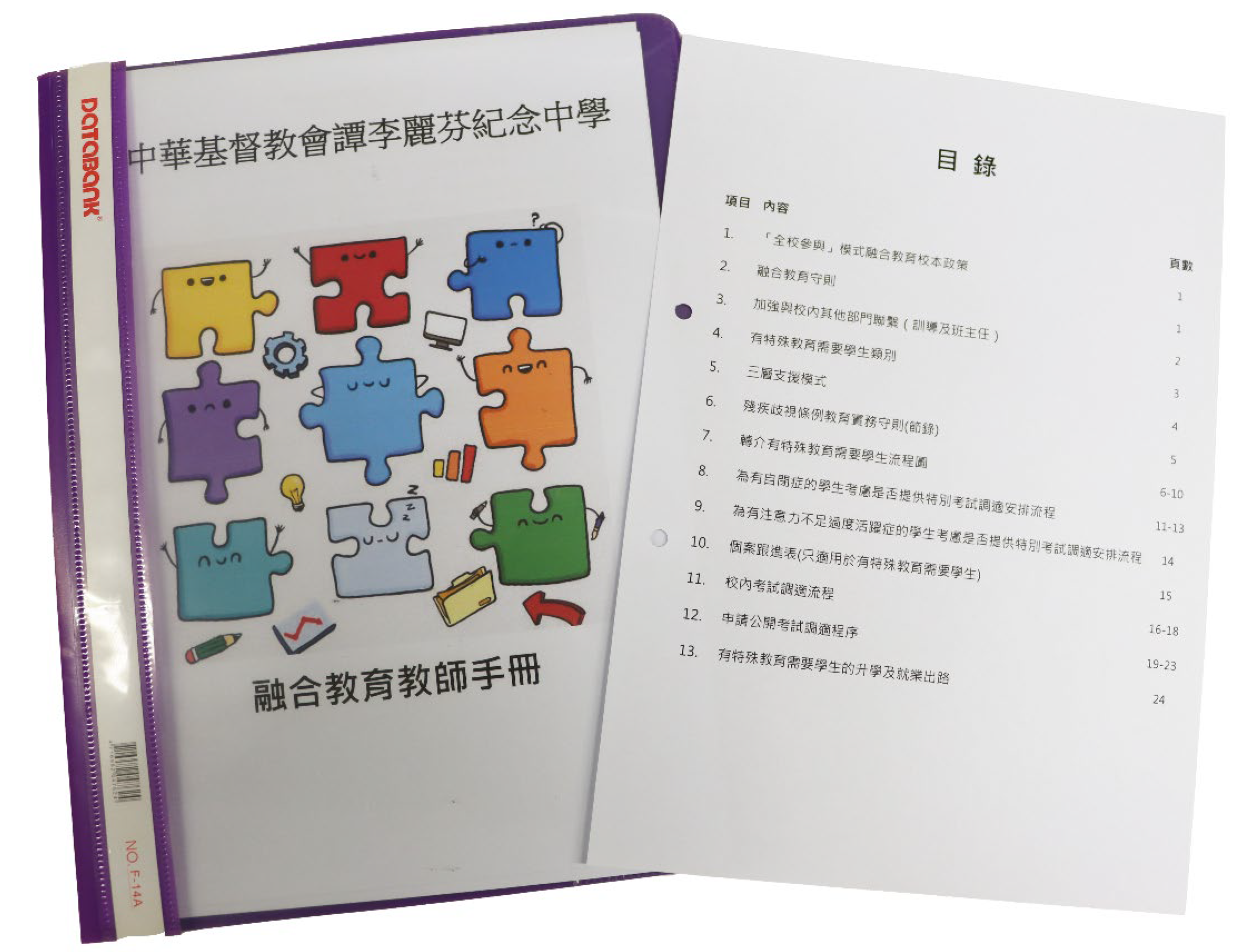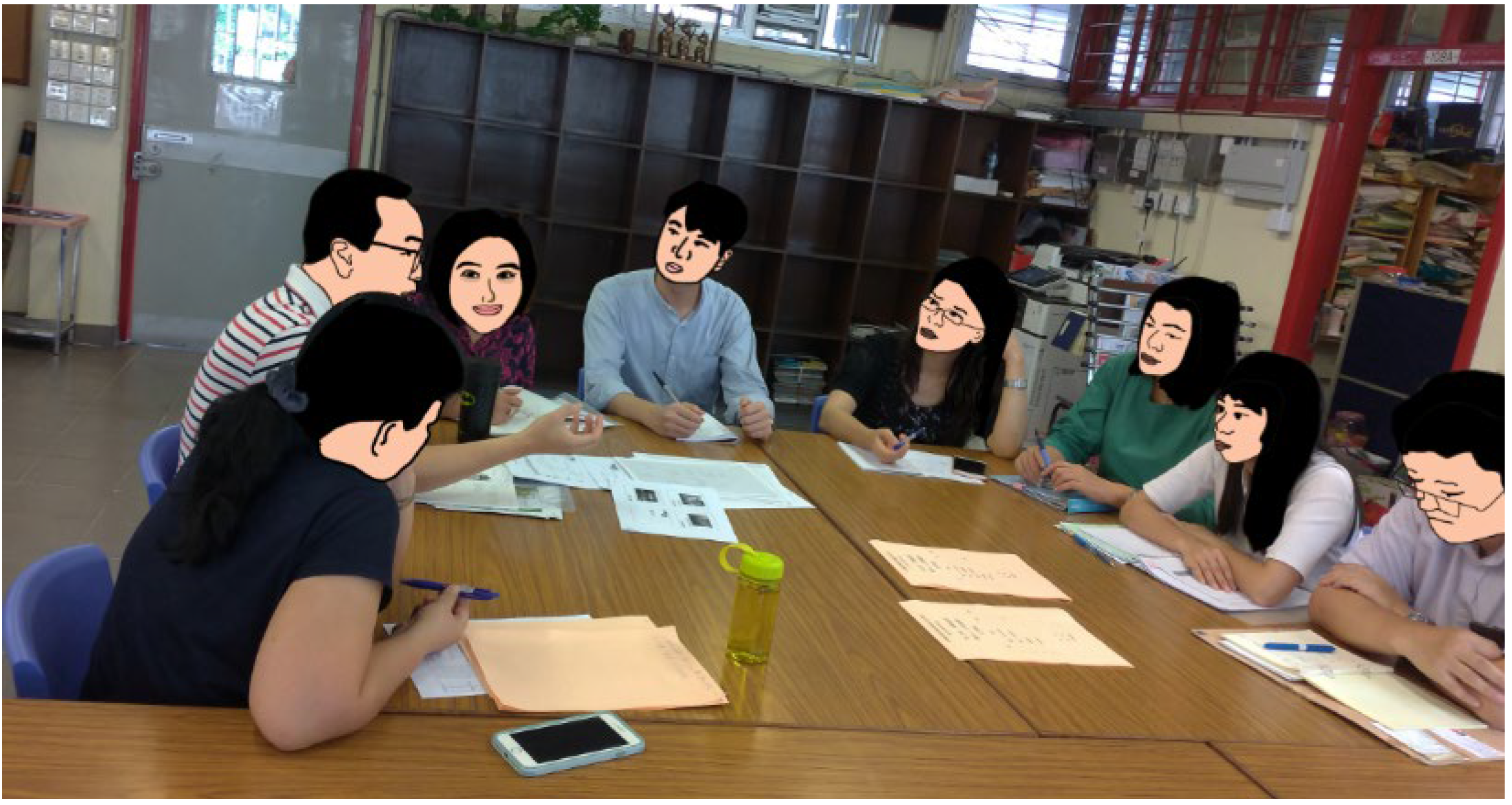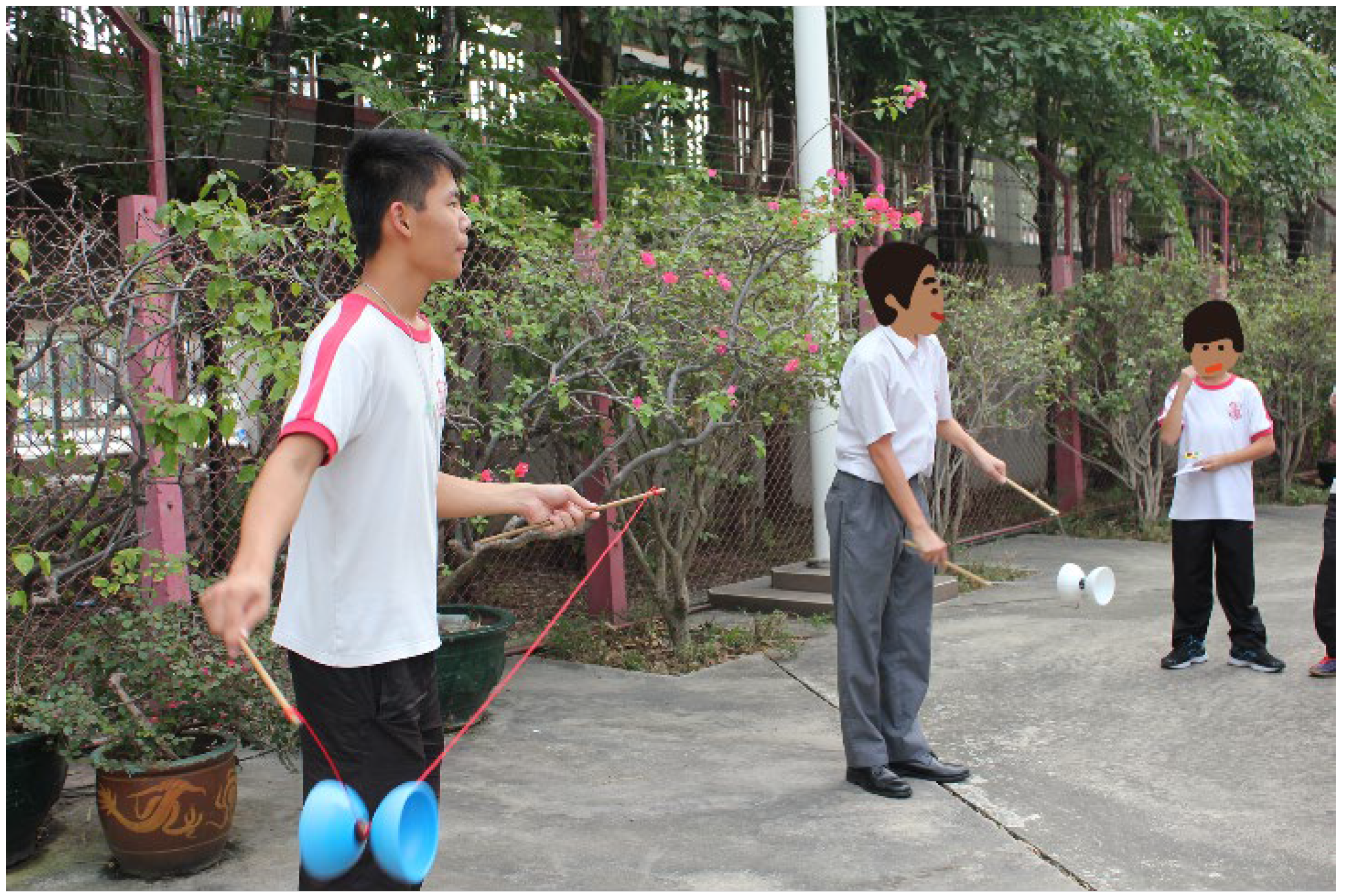CCC Tam Lee Lai Fun Memorial School
Leadership Role of Special Educational Needs Coordinator
In 2003, I took up the responsibility of leading the student support team (SST) and there were very few teachers in our team. After 20 years of development, in 2022, our school established a team of more than 10 members to support over 100 students with special educational needs (SEN). It was quite an experience.
When I held a concurrent role as the leader of the SST, my teammates and I attended training courses relating to catering for learner diversity, and tried out different strategies to support students with SEN. However, we did not have a clear direction in the support plan. Having become the Special Educational Needs Coordinator (SENCO) and being designated to support students with SEN, I received professional training to support students with SEN. My role and responsibilities had become increasingly clear then. I have learned to tap more resources for my students. When implementing support measures, I would constantly reflect on the effectiveness of our plans and make changes accordingly to ensure that the support given to students would be more desirable and comprehensive. Using the “One Page Profile”, I have helped teachers understand their students and identify their needs early. I have also used the person-centered approach and related strategies to provide appropriate learning support to students with SEN. In recent years, our school has participated in the programme of “Tiered Support for Secondary School Students with Specific Learning Difficulties”, organised by the Education Bureau (EDB).

From working alone to forming a robust student support team
Planning the support policies and measures strategically
As a SENCO, I not only provide support to students with SEN, but also need to support teachers in a systemic manner. To begin with, I distribute the school-based “Integrated Education Teacher Handbook” to all teachers at the beginning of each school year. The aim is to provide teachers with a clear picture of our school’s educational beliefs, operation, and structure of integrated education and to help them understand how the SST supports the students with SEN and what support measures are offered to them. The handbook introduces effective approaches to supporting students with different types of SEN in the hope that teachers will have a preliminary grasp of these approaches so that they can provide immediate assistance to students in need. If teachers need further assistance, they can refer to the list of support teachers designated for each grade level in the handbook, and contact the relevant teachers at any time. Additionally, we provide various forms of support for teachers, such as regularly following up with class teachers on the progress of students with SEN, disseminating the latest information from the EDB, making systematic arrangements for teachers to receive training in special education, and conducting in-house professional development activities.

SENCO compiled the school-based “Integrated Education Teacher Handbook” and distributed it to all teachers in the school
Our challenges
Sometimes, we do encounter challenges in the journey of support. For example, the discipline teachers might not be aware of the characteristics of students with attention deficit/ hyperactivity disorder (AD/HD), and these students were often heavily punished for breaking the school rules. Teachers of the SST will intervene when needed. The communication and negotiation with the discipline teachers enables them to understand the characteristics of these students and come up with a mutually agreed process for handling students. Now, when a student with SEN violates the school rules, the discipline teachers will first consult the SST and try to understand the student’s SEN. Only then, do we start to discuss the penalty. As a result, student’s shortcomings are accepted and mutual respect facilitated. Good communication is one of the ways to resolve problems. We value two-way communication with teachers, which helps us understand teachers’ difficulties. Likewise, communication with other school committees and functional groups is equally important. Communication enables us to understand one another’s perspectives, which is conducive to reaching a consensus and mutual respect. As for me and the SST, regular reviews and unremitting communication are definitely the best way to solve problems.
Leading the SST to collaborate with various functional groups
Collaboration between the SST and other functional groups is vital to the provision of effective support for students with SEN. The collaboration between the SST and Discipline Committee is the most frequent. Students with SEN are not good at expressing themselves. When they blunder, the discipline teachers will notify us. We would then follow the established procedures to handle the cases together with the discipline teachers. Together we would arrange meetings with parents, teach our students to learn to distinguish right from wrong again, and invite the school social workers to intervene.
Another department which often collaborates with the SST is the Academic Committee. To gain the Committee’s support, I first introduced the quality first teaching strategies to Subject Heads. Meanwhile, we invited the school-based educational psychologist and professionals from The Education University of Hong Kong to explain how the curriculum could be designed based on the characteristics of the students, as well as starting small by utilising EDB’s teaching materials efficiently. In the initial stage of collaboration, SST took on the task of designing the teaching materials. Then other teachers designed the teaching materials and extended the collaboration to different class levels and subjects. During the promoting process, we would commend teachers who were proactive and outstanding, and invite them to share their good practical experience with other colleagues, thereby building their confidence in SEN support.

SENCO frequently participated in cross-functional team collaboration
Team spirit: keep improving
Our team must possess an inclusive mindset, professional knowledge and a strong sense of empathy, believing that each student has his/her strengths and helping students develop. As a SENCO, I identify the strengths and expertise of each staff member and assign work accordingly. I lead by example. We often share our own views with mutual respect, thereby allowing more effective reviews and improvements. I publicly praise our team’s efforts and accomplishments so that the school management and all teachers know that our committees have been supporting students with SEN in the best way possible to help them develop their full potential.
Unleashing students’ potential
There was a Secondary 4 male student with Tourette Syndrome[1]. He uncontrollably shook his head and whistled in class. These behaviours were misinterpreted by his teachers as intentional nuisance behaviours in the classroom. The student became very upset and had cried in the washroom. When handling the case, I used different ways to explain the student’s condition to the other teachers so that they could understand his special condition and adopt more effective support strategies in the classroom. On the other hand, I identified the student’s strengths, and developed them fully. We encouraged him to participate in the diabolo activity organised by the SST.

The student with Tourette Syndrome developed his potential through playing the diabolo
Every time after participating in the activity, he would ask “I have learned everything the instructor taught me. What else can I learn?” He would then approach me to borrow the diabolo and self-learn new tricks online. Later, I found out that he was very talented in playing the diabolo, balloon twisting, and juggling. I thus made arrangements for him to perform at school, in which his talent was recognised. As a result, he gained confidence and also made more friends. After graduation, the student turned his talents into his career. Often, he would be invited to different schools and organisations to share his experiences and perform. We are very proud of his accomplishments!
A word for my fellows
Integrated education is indeed a long and uneasy road. We must stay committed and let different people in the society know about the characteristics and needs of students with SEN. Ultimately, our mission will be accomplished.
[1] Tourette Syndrome is a neurological disorder that causes fast, repetitive muscle movements that result in sudden involuntary twitches or sounds, known as tics. During times of anxiety and stress, tics symptoms may become more frequent and intense. The EDB categorises Tourette's syndrome under the SEN category of mental illness.
